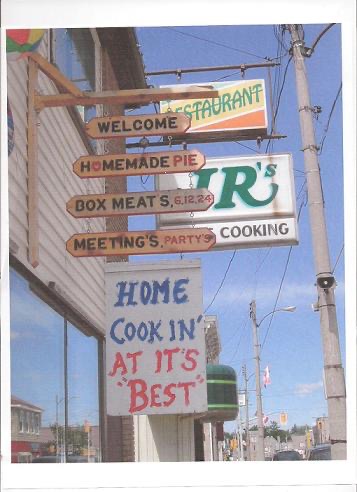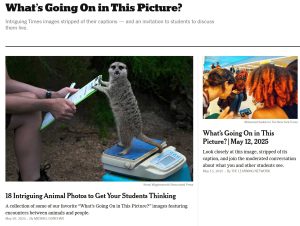1 Spelling: Plurals – Regular Patterns
Category: Spelling
Concept: Plurals – Regular Patterns
Connections to The Ontario Curriculum, Grades 1-8: Language (2023):
_____B2. Language Foundations for Reading and Spelling
–_____—B2.1 Word Level Reading and Spelling
Prior Knowledge:
- Understanding that nouns, which are the names of people, places, or things, may be singular (meaning “one”) or plural (meaning “more than one”)
- Understanding the distinction between vowels and consonants
- Familiarity with base words and adding endings. The base word for schools, for example, is school, with s being added as an suffix to signal the plural form.
- Understanding that there are spelling patterns that represent changes in word meaning or function, such as plural forms, parts of speech, tenses, etc.
What’s the definition?
The plural form of most nouns is created by adding s or es to the singular form:
- Most words form the plural by adding s
- To form the plural of words ending with -s, -ss, -ch, -sh, or -x, add es
What does it look/sound like?
Why does it matter?
Many students in the middle and later grades will have incorporated the regular patterns for spelling plurals in their writing but may still struggle with unusual plural forms (See chapter on Plurals – Irregular Patterns).
Even so, errors with regular plurals comprise a significant portion of spelling errors in student writing. A common tendency is to confuse plurals and possessive forms, with apostrophes often used to signal plurals. (for example, spelling the plural of boy as boys’ ).

How do I teach this?
Teachers can identify common errors in student writing related to plurals, and plan individual, small group, or large class instruction accordingly. They can also point out plural patterns in reading passages encountered throughout the curriculum.
One strategy is to create decks of cards on which plural nouns are printed based on the patterns and examples indicated earlier in this unit. Ask students to sort the words into those with plurals ending in s or es. Sort the es pile further into those with base words ending in the various endings -s, -ss, -ch, -sh, or -x. The class can then brainstorm other nouns that fit these patterns for forming plurals and record them on a chart.
During peer and self-editing proofreading activities have the students focus on plurals. Identify words that were common errors and discuss patterns to be addressed (Note: other plural patterns as well as exceptions are covered in the chapter on Plurals – Irregular Plural)
Be sure students see plurals used in meaningful contexts. In addition to student writing and passages identified in reading, teachers can design paragraphs in which some plurals are misspelled. Students are tasked with detecting and correcting the misspellings. Alternatively, the passage could contain the singular form of highlighted nouns and students be required to write the correct plural version.
Have students create lists of plural nouns related to a common theme. For example:
- Items in my locker
- If I did the grocery shopping, I would buy lots of ___________
Provide online images or photos with many plural objects to identify and spell. A good source is the New York Times regular feature:

What’s Going on in this Picture: https://www.nytimes.com/column/learning-whats-going-on-in-this-picture
Many ELL/MLL students may be confused by the fact that the s endings are not always pronounced as /s/. In the case of boys, for example, the final sound is pronounced /z/, whereas in tanks it is the sound /s/. Help students practice pronouncing a variety of plural nouns.
For students struggling with distinguishing plural and possessive forms (e.g. spelling the plural of language as language’s).
Online Resources
Teaching Singular and Plural in a Fun Way https://to-teach.ai/blog/en/teaching-singular-and-plural-in-a-fun-way
- This site provides suggestions for engaging ways to teach and reinforce plural spellings including Plural Collages, Kahoot, Padlet, and Jeopardy.
YouTube video: Singular and Plural Nouns: s, es, and ies endings
https://youtu.be/UJNsuNMTvgE?si=V1uyOJOIt1y98Z_H (6 minutes)
A structural element that forms the foundation of a written word; any unit of a word to which affixes can be added. (e.g., act is the base of acted, action, activity, activate, react). Types of bases include:
bound base. A base that requires an affix to form a word (e.g., -ject in inject and project).
free base. A base that forms a word on its own (e.g., eat, date, weak).

